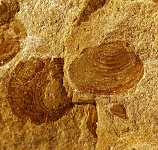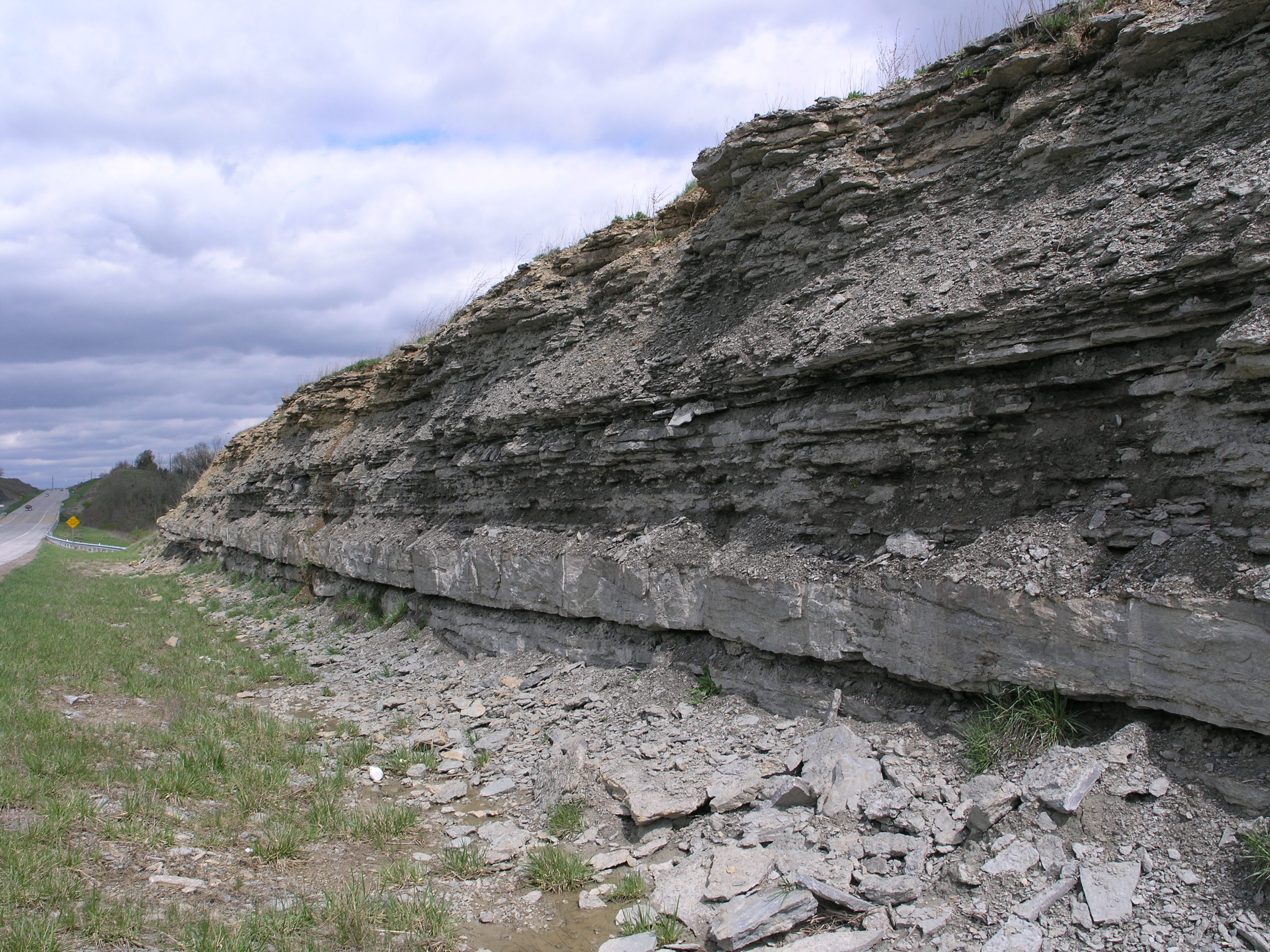
Carapacestheria disgregaris from Carapace Nunatak, Antarctica
The Order Spinicaudata (often also referred to by the paraphyletic term “Conchchostraca”) is a key group of crustaceans inhabiting lacustrine environments. These organisms are useful paleoecologically as diagnostic indicators of ephemeral pond environments and are excellent organisms for ontogenetic studies since they retain rather than molt their carapace during growth stages. The diagenetic pathways of fossilization of lightly sclerotized organisms in lacustrine environments is also poorly constrained, and spinicaudatan taphonomy can elucidate some of the processes involved.
Although spinicaudatans have been frequently incorporated into faunal lists of continental ecosystems, there has been relatively little work on their systematics . Due to the nature of ontogenetic changes in carapace ornamentation, systematic work conducted prior to scanning electron microscopy often was unable to recognize the synapomorphies of major clades, and consequently requires reanalysis.
Much of my work has focused on Mesozoic spinicaudata of Gondwana (Antarctica, Namibia, Madagascar). New projects in conjunction with Lisa Park, Celina Suarez, and Roy Plotnick are examining Mesozoic and Cenozoic spinicaudata of North America.
Representative publications:
Stigall, A.L., Hembree, D.I., Gierlowski-Kordesch, E.H. & Weismiller, H.C. 2014. Evidence for a dioecious mating system in Early Jurassic Hardapestheria maxwelli gen. et sp. nov. (Crustacea, Branchiopoda, Spinicaudata) from the Kalkrand Formation of Namibia. Palaeontology, 57: 127-140. Online
Stigall, A.L. & Hartman, J.H. 2008. A new spinicaudatan genus (Crustacea: “Conchostraca”) from the Late Cretaceous of Madagascar. Palaeontology, 51(5): 1053-1067. Online
Stigall, A.L., Babcock, L.E., Briggs, D.E.G. & Leslie, S.A. 2008. Taphonomy of lacustrine interbeds in the Kirkpatrick Basalt (Jurassic), Antarctica. Palaios, 23(4): 344-355. Online
Babcock, L.E., Stigall, A.L., Leslie, S.A., *Ford, L.A., Elliott, D. & Briggs, D.E.G. 2006. The “Preservation Paradox”: Microbes as a Key to Exceptional Fossil Preservation in the Kirkpatrick Basalt (Jurassic), Antarctica. The Sedimentary Record, 4(4): 4-8. PDF
This research has been supported by grants from the National Science Foundation, National Geographic Society, and Ohio University.




